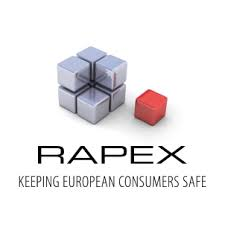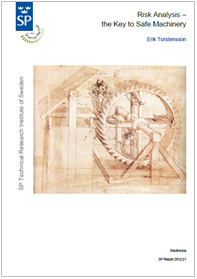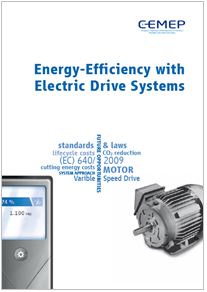RAPEX Report 30 del 30/07/2021 N. 01 A11/00060/21 Ungheria

RAPEX: Rapid Alert System for Non-Food Consumer Products
Report 30 del 30/07/2021 N. 01 A11/00060/21 Ungheria
Approfondimento tecnico: Costume/maschera per bambini
Il prodotto di marca Jie Pai, mod. N0....


































